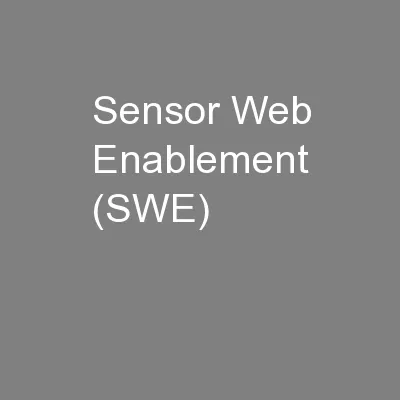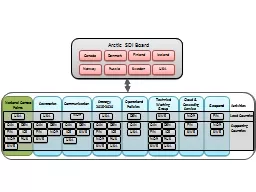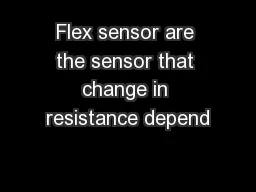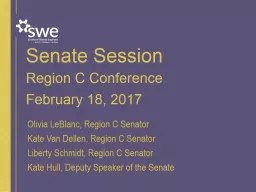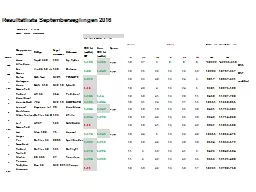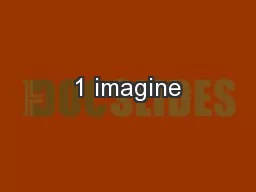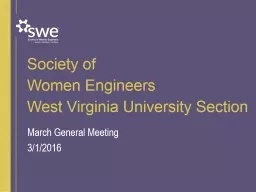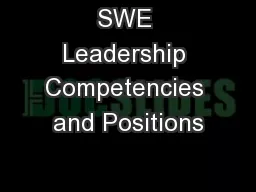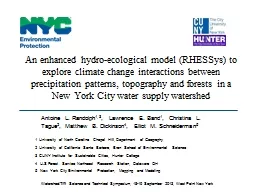PPT-Sensor Web Enablement (SWE)
Author : tatiana-dople | Published Date : 2016-04-26
GEOINT Huntsville August 14 2013 Dr Mike Botts mikebottsbottsinccom Botts Innovative Research Inc Madison AL What is SWE SWE is technology to enable the realization
Presentation Embed Code
Download Presentation
Download Presentation The PPT/PDF document "Sensor Web Enablement (SWE)" is the property of its rightful owner. Permission is granted to download and print the materials on this website for personal, non-commercial use only, and to display it on your personal computer provided you do not modify the materials and that you retain all copyright notices contained in the materials. By downloading content from our website, you accept the terms of this agreement.
Sensor Web Enablement (SWE): Transcript
Download Rules Of Document
"Sensor Web Enablement (SWE)"The content belongs to its owner. You may download and print it for personal use, without modification, and keep all copyright notices. By downloading, you agree to these terms.
Related Documents

